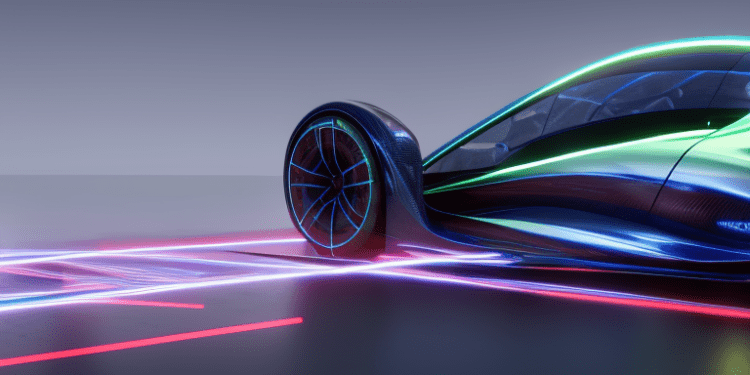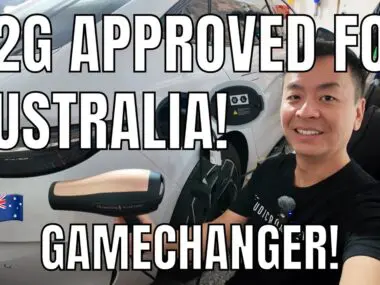The development of electric vehicles (EVs) is becoming increasingly complex, with engineers needing to meet a range of engineering goals on tight timelines. To optimize system design, engineers must consider a variety of concepts, topologies, and electronic interactions across disciplines. When it comes to the traction motor alone, there are several design decisions that can have a major impact on the entire vehicle.
Traditionally, engineers would use their own calculations and programs to perform electromagnetic analysis in parts. However, this is no longer enough to meet the demands of today’s EV designs. Simulation and regular prototyping are now essential throughout the design cycle in order to improve power density, energy efficiency, and operational life while also meeting design requirements, industry standards, and safety regulations.
To help EV designers address these challenges, ANSYS has released a whitepaper that examines motor types, winding technology selection for PMM, cooling types, and other key technology considerations. By using simulation and optimization techniques to address system-level multiphysics complexities, designers can reduce the time needed to develop high-performance electric traction motors.
Download the full whitepaper from ANSYS to learn more about how simulation and optimization can help you create better EVs faster.
FAQ
Q1: Are electric car batteries recyclable?
A1: Yes, electric car batteries are recyclable.
Q2: Are electric car chargers free?
A2: It depends on the charger and the location. Some electric car chargers are free, while others may require a fee.
Q3: Can electric car batteries be rebuilt?
A3: Yes, electric car batteries can be rebuilt with the right tools and knowledge.










